Content by Russ Daly
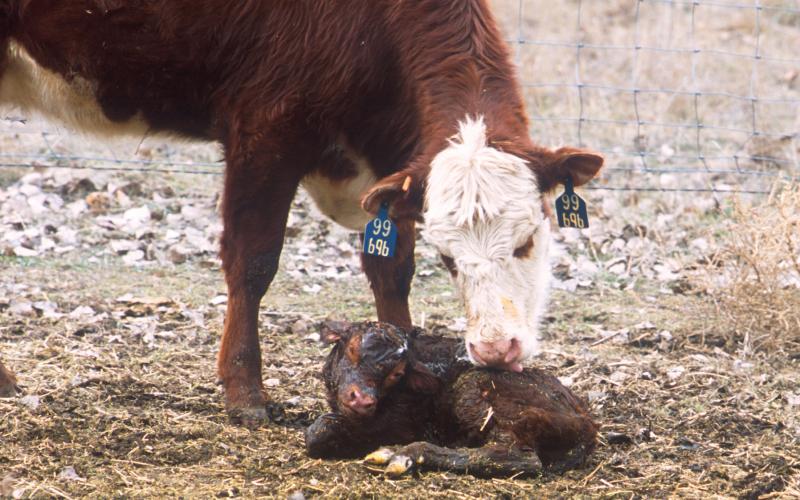
Will Health Effects Linger in Beef Calves Following Harsh Spring Weather?
Beef herds calving in late winter or early spring flirt with disaster annually when it comes to bitter weather conditions. It’s a rare year when a prolonged cold snap or snowstorm doesn’t occur during this critical period. In the throes of those weather conditions, calf health and even survival can be directly affected.

Another Piece of the Puzzle? Understanding South Dakota Veterinarian's Response to the Opioid Epidemic
Researchers at South Dakota State University (SDSU) wanted to understand the extent of this problem in South Dakota in order to better prepare veterinary clinics to deal with this epidemic.
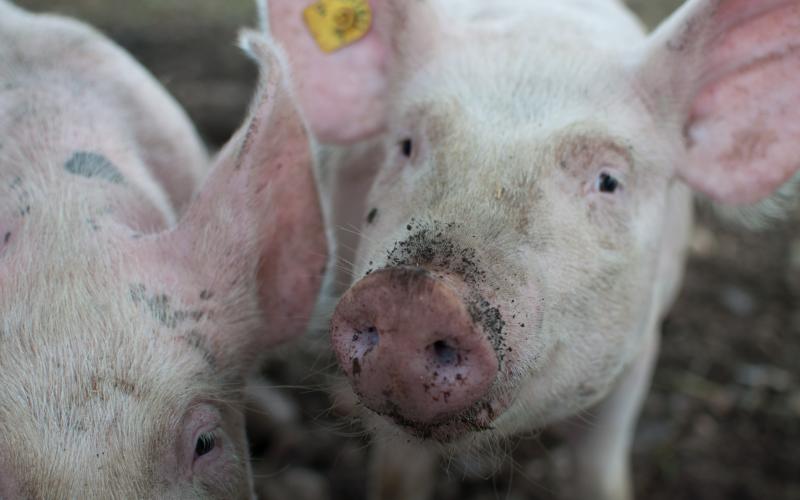
What Would African Swine Fever Look Like if it Hit the US?
The incursion and expansion of African Swine Fever (ASF) into China has raised concerns among producers and regulatory officials about the threat the disease may pose to the U.S. swine industry.
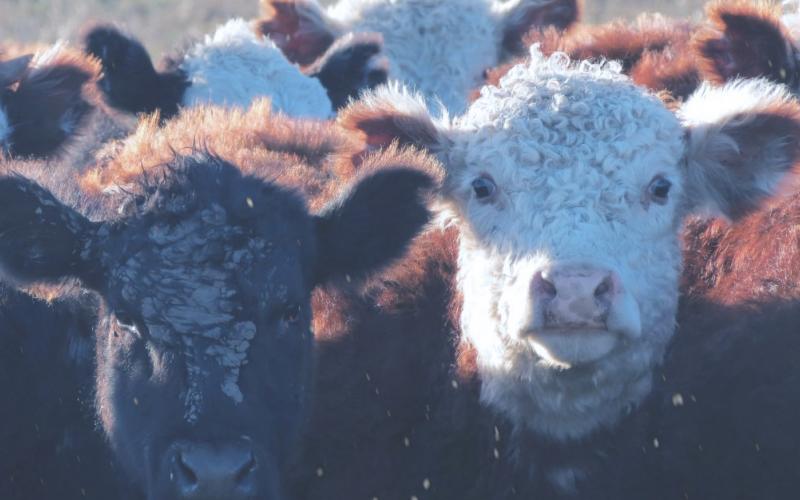
Does Cold Weather Contribute to Pneumonia in Calves?
Prolonged winter cold has some fairly obvious effects on cattle of all ages.
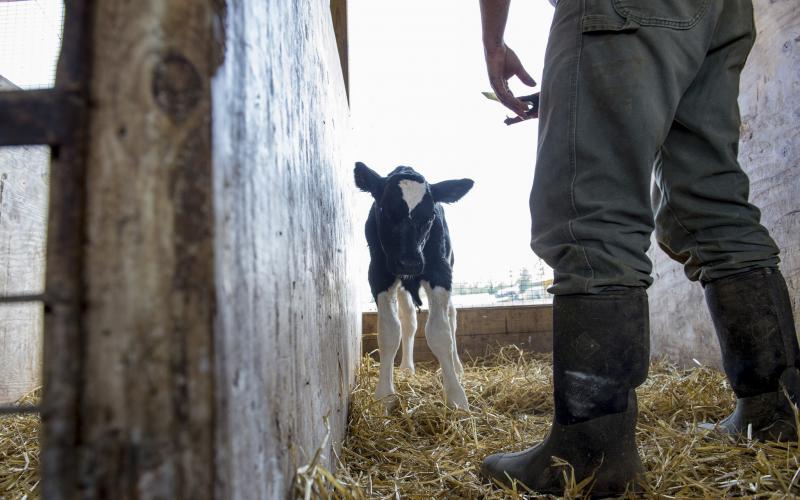
How did a Poultry Germ Change to Cause Severe Disease in Calves and People?
In 2015, a specific strain of a germ called Salmonella heidelberg made 56 people sick in 15 different states.
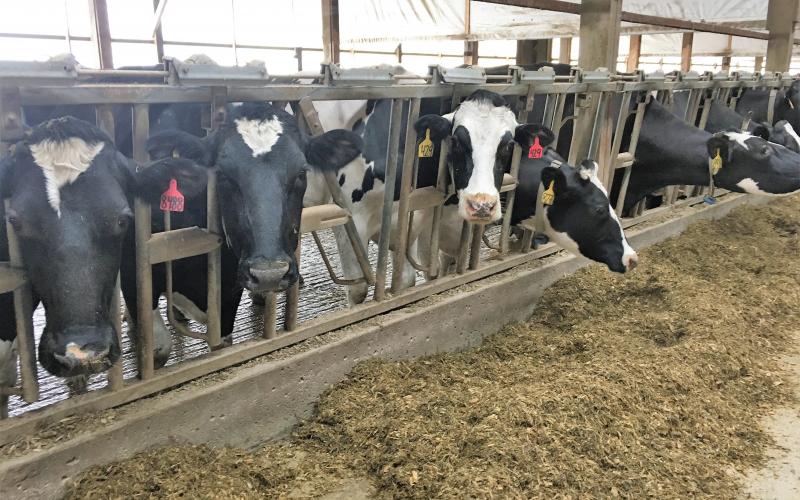
Keeping the Dairy Cow Healthy Means Keeping Her Gut Healthy
While we usually think of a cow’s gut simply as the organ system responsible for digestion and absorption of nutrients, it also plays other critical roles. Essentially a long tube from the mouth to rectum, open to the outside world, the digestive tract is the most substantial interface between the cow’s external environment and her body.
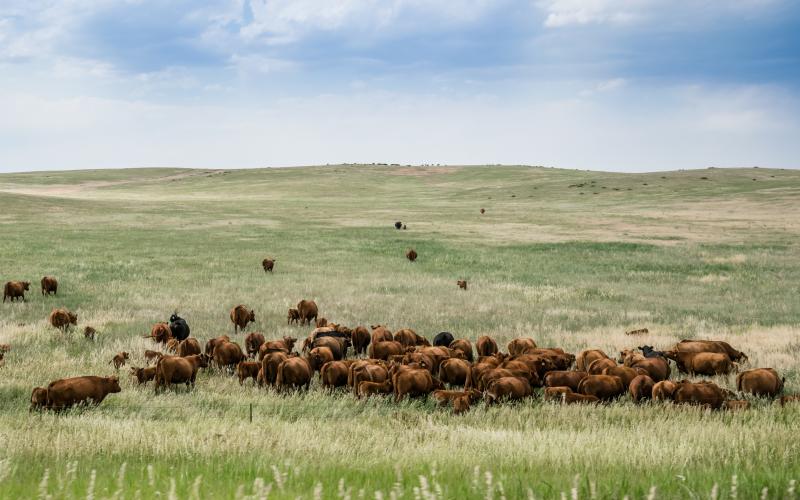
Pre-weaning Pneumonia in South Dakota Beef Herd: A Persistent Problem, Suddenly Gone
This case report describes a southeastern South Dakota cow-calf herd’s experiences with pre-weaning pneumonia. Unlike many beef herds that experience pneumonia in calves on pasture, this herd’s problems were consistent year after year: widespread calf illness was documented in each of 6 consecutive summers. Anecdotally at least, the occurrence of pre-weaning pneumonia in beef herds is more likely to be sporadic and unpredictable from year to year. This herd’s persistent problems were followed by a year in which, after a change in calf vaccination protocol (informed by herd diagnostics), very little pre-weaning pneumonia was observed.
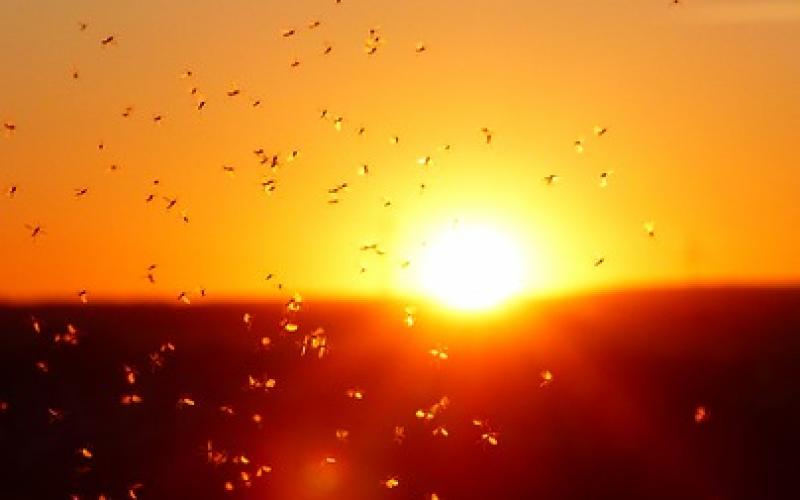
West Nile in South Dakota: Expect Cases Into Early Fall
While it’s true that in South Dakota most West Nile Virus cases occur during August, new human infections are detected well into September in most years.
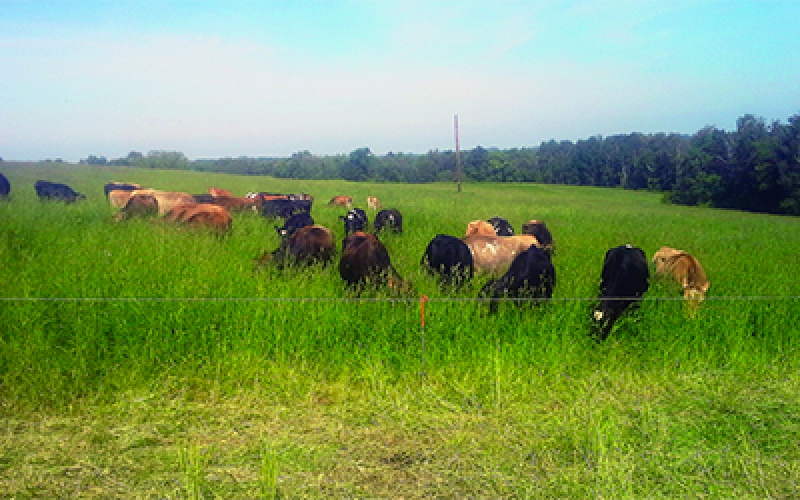
Anaplasmosis: Is it a problem in the Northern Plains?
Cattle producers have been hearing more and more about a disease called anaplasmosis. This disease recently appears to have become more common in areas not previously affected. The disease is typically associated with cattle herds in warmer areas of the country, but is it ever a problem up here on the Northern Plains?
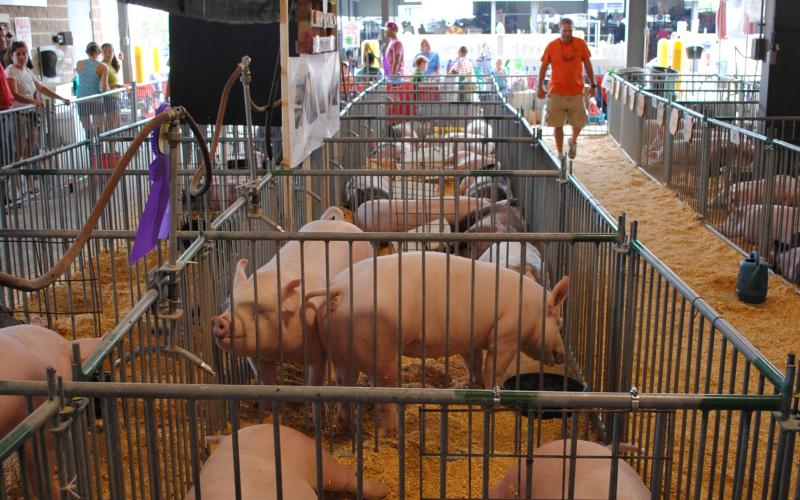
5 Things Hog Producers Should Know: Flu at Swine Exhibitions
Every year, thousands of youth across the country raise pigs and show them off at local exhibitions and county and state fairs. These experiences allow young people to learn about animal care and management, and also allow the public the rare opportunity to observe pig care and behavior.